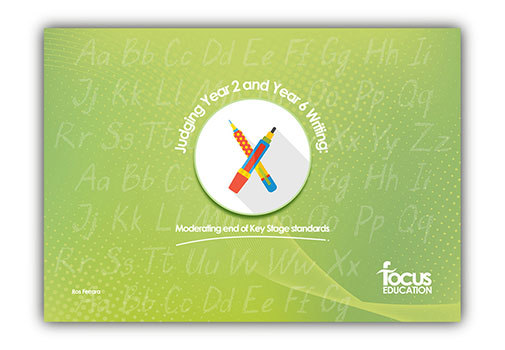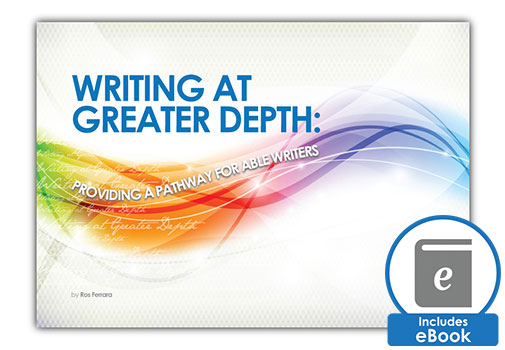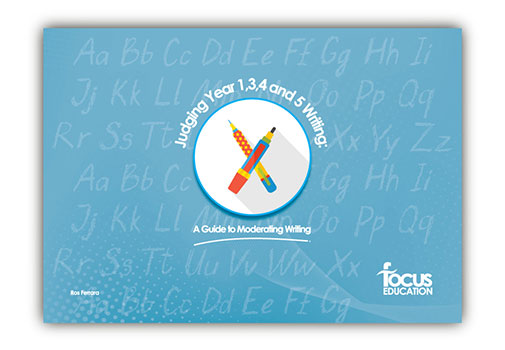
Blog about handwriting? Would there be enough to blog about? I began to think.
I remember my grandfather telling me how he had to learn exquisitely perfect copperplate handwriting on a slate. If that was not challenging enough, he was left-handed and his teacher tied his left hand behind his back so that he could only use the “correct” right hand. The result of this was that his handwriting was never perfect copperplate, but he grew up ambidextrous!
Handwriting in Primary Schools
In school, we can become over-focused on handwriting and perfect presentation which can have a negative impact on the quality of children’s work. In conversation with a high school science teacher, he made it very clear that, in his view, handwriting is unimportant because it will not be long before everyone only writes from various keyboards in electronic form. I am not so sure. I know when I am looking at books in school, my first thought is always the quality of the writing, but I can’t help but appreciate a carefully presented text written in attractive and individual handwriting.
So, what do we mean by handwriting? Is it a relevant modern-day skill that we use for different purposes? Could it also be a form of art? Think about the beauty of illuminated manuscripts, Egyptian papyruses with their hieroglyphs or Chinese scrolls. Is it a universal skill which we master effectively or is it sometimes a skill which is difficult to acquire? Most people’s handwriting is unique and personal to them and the current curriculum expects children to develop a personal style by the end of KS2. Graphology is the process by which handwriting is analysed – what would you handwriting say about you? Whatever scientific basis this may or may not have, it could not be undertaken on writing produced by a keyboard!
Handwriting to communicate language
We use handwriting to communicate language – our ideas, thoughts, knowledge – in written form. It will look different depending on the purpose of the writing. In our everyday lives, we write shopping lists, leave notes, take messages and sign forms and greeting cards. In school, in spite of the technology available, we still ask children to write most of the time in all curriculum areas.
I think it is a very natural process to want to put pen to paper. From very early on, man has felt the need to make marks. The delightful book, “The First Drawing” by Mordicai Gerstein, tells the story of a stone age boy desperate to show his family what the mammoth he has seen looks like. His cave drawing is viewed as amazing and magical. From those early days, symbols have been developed to represent our spoken language and allow us to communicate clearly and keep information. Learning to write should be like magic for children – that their written work – pictorial or otherwise – communicates their ideas to many others.
An easy skill?
Actually, handwriting is not an easy skill to learn. We have to be taught it explicitly. Every writing system has different orientations for letter or symbol formation as well as different conventions for the direction of the writing. Establishing correct pencil grip is crucial. It is extremely challenging to change the incorrect pencil grip of a child entering Reception! Handwriting is a complex skill. It is not as simple as developing fine motor skills alone.
The curriculum requires children to be able to form and orient letters correctly before they learn to join them. Joining letters is a separate skill which can be difficult for children if they are still at the early stages of writing and are acquiring each phoneme-grapheme correspondence. Joining letters too early can also impact on children’s ability to read their writing back. So, a clear, step-by-step process is important.
Summary
To sum up. Handwriting is a core skill. It is a skill which is best taught by demonstration, explanation and practice. Handwriting is a skill which, like reading and spelling, affects written communication across the curriculum. Given effective teaching, handwriting can be mastered by most pupils by the time they are seven or eight years old enabling them, with practice, to go on to develop a faster and more personal style ready for secondary school and beyond. There needs to be consistent teaching in place to ensure this. Teachers need to be aware of their own handwriting and consistently model correctly.
Children need to practise handwriting movements correctly and often. The first handwriting lessons are vital and the most important issue is to ensure that the children we teach learn to form the letters of the alphabet with the correct sequence of strokes from the beginning. Children who have been allowed to invent their own ways of forming letters will find it harder to change the longer they are allowed to continue, but unless these habits are ‘unlearned’, it will be very difficult for them to learn fluent, joined handwriting. Unfortunately, kinaesthetic memory is very effective and children will very often revert to their old habits! The correct formation of all letters needs to become quite automatic and requires a lot of practice. They need to develop fluent handwriting so that they are able to develop writing at greater speed and so that they are concentrating the content and quality of their writing not how to form and join letters.
Although we live in a high-tech world,
Children are highly motivated to develop their handwriting to achieve a “pen licence”. And a pen license, well, that really is a great achievement.
Continue the conversation on handwriting in the English curriculum…
If you still have questions about handwriting or writing in the English curriculum, join me on Twitter @FocusRosf or for related resources and publications, get in touch with the Focus Education office on 01457 821 818.
Related products:
Ros has over 30 years’ experience working in teaching and leadership roles in schools, both nationally and internationally, as well as leadership roles within Local Authority advisory teams.
With extensive experience in all aspects of school improvement and contexts, as well as specialisms in English and EAL, Ros has developed inspirational, creative resources and training which puts English at the heart of the curriculum.









